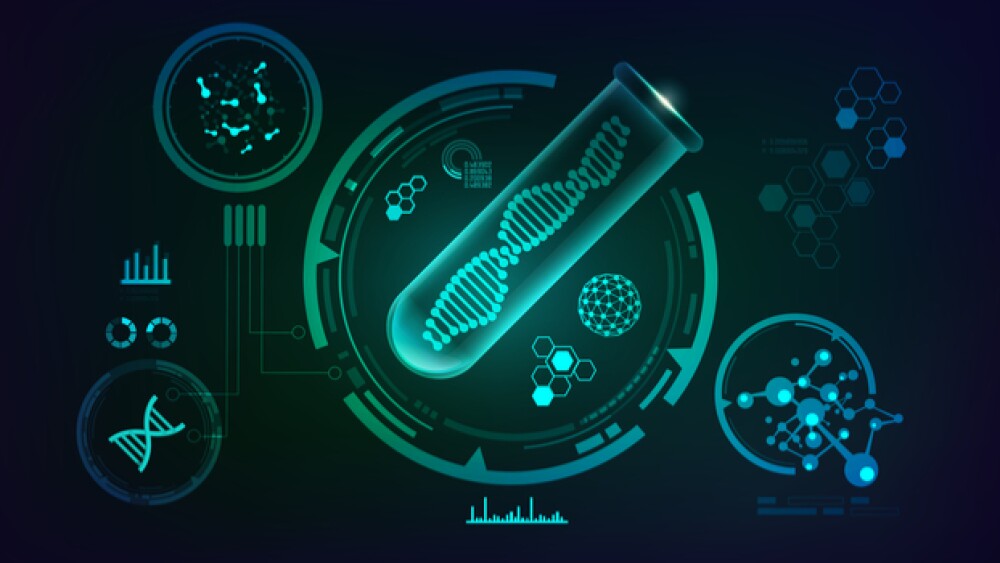As part of the deal, Sarepta picks up five gene therapy candidates to treat distinct types of LGMD. The original deal was inked in May 2018, when the two companies partnered to develop five gene therapy compounds.
Sarepta Therapeutics, headquartered in Cambridge, Mass., exercised its option to buy Myonexus Therapeutics for $165 million.
As part of the deal, Sarepta picks up five gene therapy candidates to treat distinct types of limb-girdle muscular dystrophy (LGMD). LGMDs are a group of genetic neuromuscular diseases that have a common set of symptoms, including progressive, debilitating weakness and wasting starting in muscles around the hips and shoulders, which then moves to muscles in the arms and legs. Many LGMD subtypes are seriously life-limiting and often life-ending, including the five programs Sarepta acquired.
The original deal was inked in May 2018, when the two companies agreed to partner to develop Myonexus’ five LGMD gene therapy compounds. Three of those programs are currently in clinical development, with the two at the preclinical stage and ready to move into the clinic. In that agreement, Sarepta has an exclusive option to buy Myonexus, which it has now exercised.
All five of the LGMD gene therapies use the AAVrh74 vector, which is the same vector system used in Sarepta’s micro-dystrophin program. This vector is designed to deliver treatment to cardiac and skeletal muscle, including the diaphragm, without inadvertently crossing the blood-brain barrier. This is particularly useful in treating muscular diseases.
In addition, the MHCK7 promoter that was used in MYO-101 is also used in Sarepta’s micro-dystrophin program. It was picked for three of the five LGMD programs because it was found to be more productive in muscle than other MCK promoters, and it “robustly expressed” in the heart, of significance to LGMD2E, LGMD2B, and LGMD2C.
“The five LGMD gene therapies being developed fit brilliantly with Sarepta’s mission to develop therapies with the potential to rescue the lives of patients with serious life-limiting rare genetic diseases,” stated Doug Ingram, Sarepta’s president and chief executive officer. “Our confidence in these programs has come from the fact that our micro-dystrophin gene therapy and the Myonexus programs have much in common, including inventors from Nationwide Children’s Hospital, a shared vector in AAVrh74 and, to date, similar preclinical safety data. We are excited to acquire Myonexus, which will allow us to move rapidly to find solutions for LGMD patients and continue to build out and validate our gene therapy engine.”
This deal comes only days after Roche announced it was acquiring gene therapy company Spark Therapeutics for $4.8 billion. It underlines the growing importance, both financially and medically, of gene therapies. After decades of promise, gene therapies are just now moving into the commercial markets. Spark Therapeutics essentially was the first company to get a gene therapy approved when the U.S. Food and Drug Administration (FDA) gave a thumbs-up to Luxturna (ivoretigene neparvovec), a gene therapy for a rare, genetic type of blindness. Since then, Spark has been advancing a gene therapy for hemophilia A.
Of today’s deal, Michael Triplett, president and chief executive officer of Myonexus, stated, “We partnered with Sarepta less than a year ago, as we shared the mutual goal of developing LGMD therapies on behalf of patients with debilitating and fatal disease. This acquisition solidifies a commitment to rapidly advance therapies on behalf of patients who currently don’t have treatment options.”





